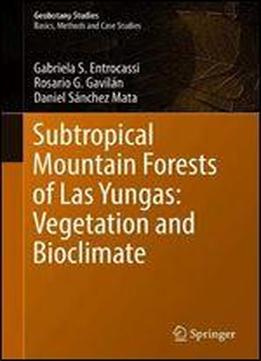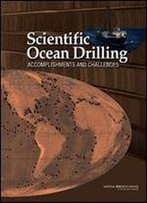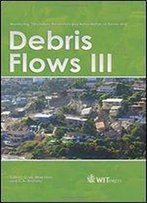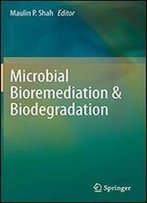
Subtropical Mountain Forests Of Las Yungas: Vegetation And Bioclimate
by Gabriela S. Entrocassi /
2019 / English / PDF
4.2 MB Download
The vegetation addressed in this book is, biologically, one of the most diverse on Earth, with many characteristic taxa offering refuge and food sources for many resident and migratory animals. Yet the forests of Las Yungas remain poorly known from a floristic and vegetation point of view. This book seeks to fill that gap by studying the distribution of forest along an altitudinal but also a bioclimatic gradient. The richness in species demonstrates that these forests are substantially more diverse than other subtropical mountain woodlands. 103 diagnostic (characteristic or indicator) species were selected, of which 29 are dominant, 67 are exclusive, selective, preferential or differential, and 7 are stenoic. In addition, 13 communities were identified and characterized. These forests can be attributed to the Bolivian-Tucuman biogeographical province (South-Andean Region, Neotropical Sub-Kingdom). They are seasonal, semi-deciduous or evergreen micro- and mesowoodlands growing on foothills, hillsides, ravines, gorges and the edges of mountain ranges (terrestrial communities), as well as river terraces and beaches (riparian communities). Thanks to the range of new findings, the content presented here will benefit experts in related fields such as geographers, ecologists and botanists, but also teachers, nature guides, those involved in the management of forest or conservation areas, and policymakers.











